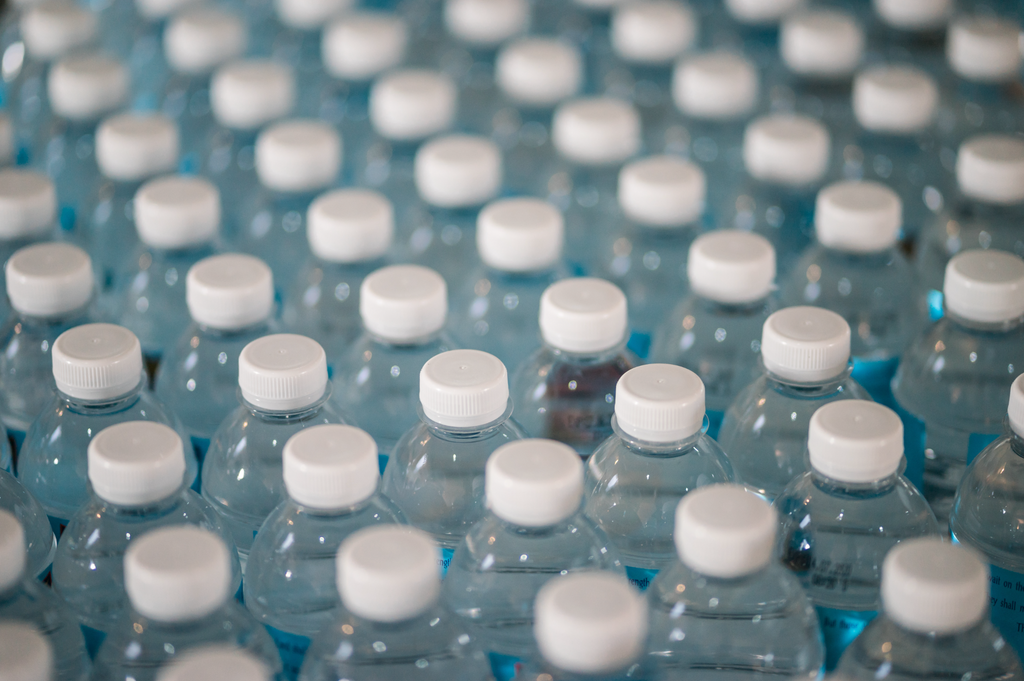Over the last decade, bottled water sales and consumption have grown by almost 40 percent. In 2020 alone there were 15 billion gallons sold in the United States, and in 2019 the amount of bottled water sold translated into an average of almost 44 gallons per person. In 2018 approximately 15 percent of Americans said that the only water that they drank was bottled — compare that to just ten percent that said they only drank tap or filtered water.1 Those are astonishing numbers, especially when you consider that 80% of the 29 billion plastic bottles purchased each year never get recycled. Three out of four are thrown away, ending up in landfills or on the side of the road where they can take as long as 1,000 years to break down, or in our waterways or oceans where they pollute the seas and harm marine life.2
When bottled water first appeared on the market it was hailed as a convenience. Toting a water bottle quickly became a statement about health consciousness. Today we’ve become aware that the price of that convenience is the pollution of our environment. Animals mistake plastic for food, and as a result more than 60% of all seabirds and 100% of sea turtle species have been found with plastic in their systems. The Ocean Conservancy estimates that 8 million metric tons of plastic enter the ocean each year, adding to the estimated 150 million metric tons that are already there, while on land, the production and transport of water bottles around the country requires an enormous amount of fossil fuels: In 2015, the Earth Policy Institute estimated that more than 17 million barrels of oil were required to produce enough plastic water bottles to meet America’s annual demand for bottled water. Up to 2000 times the energy is required to produce bottled water than to use tap water, including the energy required to manufacture the plastic, and fabricate it into bottles, process the water, fill and seal the bottles, transport them chill them for use.4 And more fuel is consumed to recycle the bottles that don’t end up in landfills or waterways.5
Though clean-up efforts can help, it’s just one part of the solution. A key to stopping the accumulation of discarded single-use plastic is to keep it from entering the environment in the first place. Aquagear water filters offer a convenient, cost-efficient way to drink clean, delicious, healthy water without using disposable plastic. Every Aquagear filter processes 120 gallons of tap or well water over an average period of 6 months. With most bottled water being sold in 16.9-ounce bottles, that translates into 900 bottles of water replaced by a single filter — and we recycle our filters too to make sure that they don’t contribute to the pollution problem.
Using an Aquagear filter is a pretty simple way to do your part to keep single-use plastic bottles out of the environment, while at the same time treating yourself to water that’s free of contaminants.
- Sales volume of bottled water in the United States from 2010 to 2020. Retrieved from Statista.com, May 2021.
- Bottled water. Retrieved from Container-Recycling.org (ND)
- The Problem with Plastics. Retrieved from OceanConservancy.org (ND)
- How Much Energy Goes Into Making A Bottle of Water? Retrieved from Phys.org (March 2009)
- Top Three Reasons to Avoid Bottled Water. Retrieved from Harvard University Sustainability (ND)
